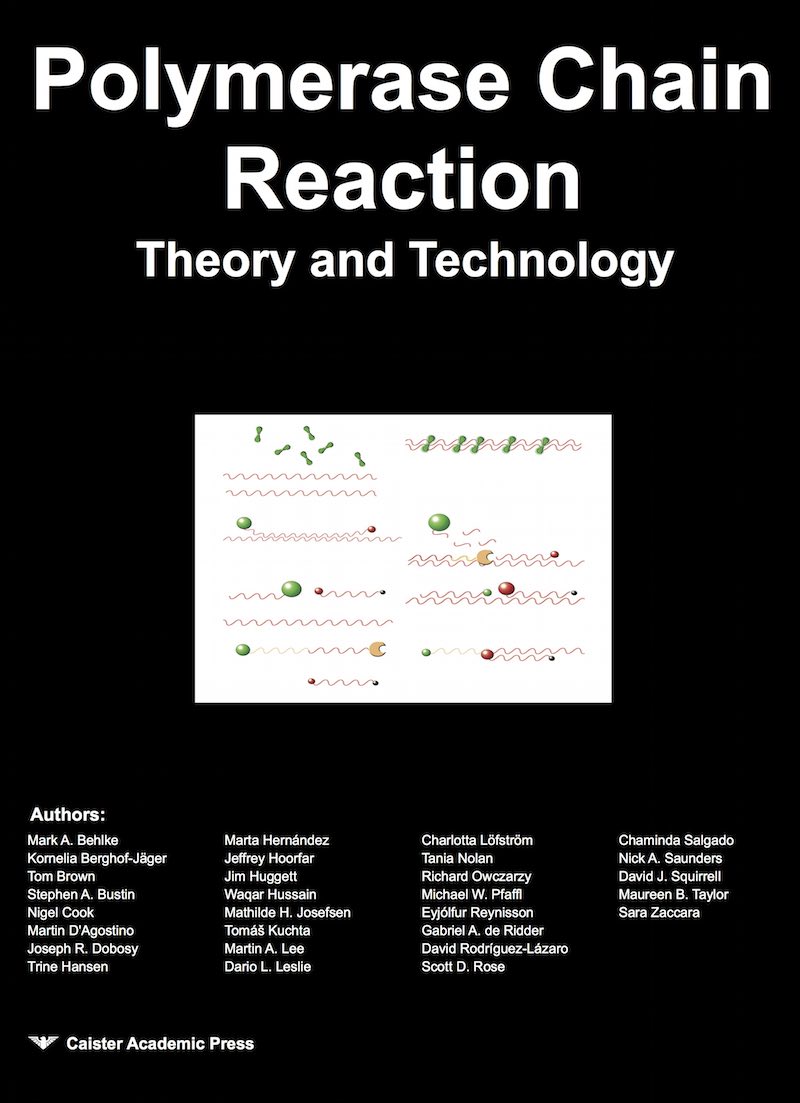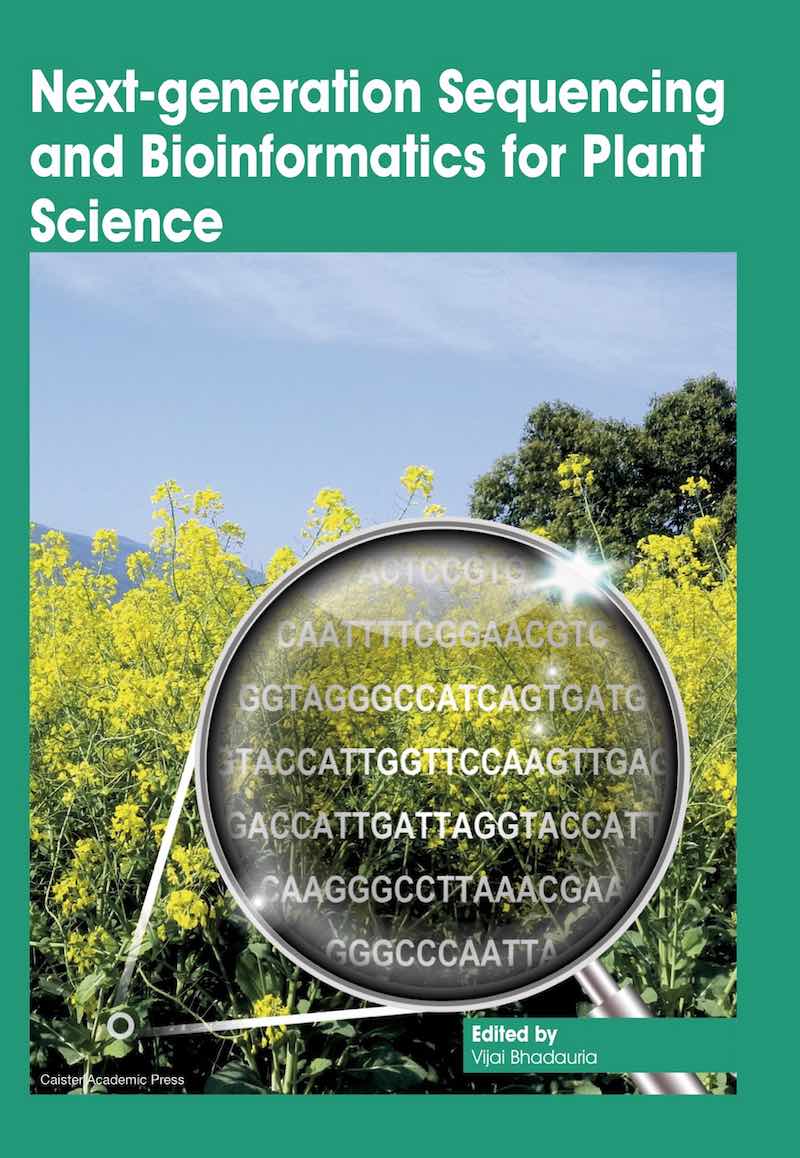Real-time PCR Applications
Applications of PCR
The polymerase chain reaction is used by a wide spectrum of scientists in an ever-increasing range of scientific disciplines. In microbiology and molecular biology, for example, PCR is used in research laboratories in DNA cloning procedures, Southern blotting, DNA sequencing, recombinant DNA technology, to name but a few. In clinical microbiology laboratories PCR is invaluable for the diagnosis of microbial infections and epidemiological studies. In food science PCR has become increasingly important to the agricultural and food industries as a valuable alternative to traditional detection methods. PCR is also used in forensics laboratories and is especially useful because only a tiny amount of original DNA is required, for example, sufficient DNA can be obtained from a droplet of blood or a single hair.
Real-time PCR (or qPCR) is currently used in almost all applications in place of traditional, legacy PCR. Real-time PCR has applications in all branches of biological science. Applications include agricultural and food industries, gene expression analysis, the diagnosis of infectious disease and human genetic testing. Due to their capability in fluorimetry the real-time machines are also compatible with alternative amplification methods such as NASBA provided a fluorescence end-point is available.
- Real-Time PCR in forensic science The use of PCR in forensic science and forensic applications, including real-time fluorescence-based quantitative polymerase chain reaction, PCR microchip applications in forensic analysis, and PCR methods based on mitochondrial gene
Further reading
- Real-Time PCR: Advanced Technologies and Applications
- Real-Time PCR in Food Science: Current Technology and Applications
- Quantitative Real-time PCR in Applied Microbiology



